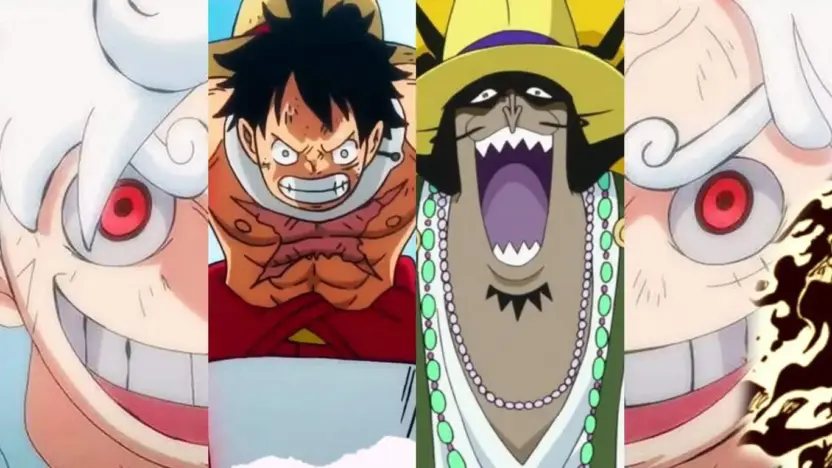In the sprawling world of “One Piece,” Devil Fruits stand as enigmatic objects of power, granting abilities that range from elemental manipulation to shape-shifting. While fans have spent years discussing and dissecting these mystical fruits, there are still many facets that remain largely overlooked or misunderstood. Whether you’re a die-hard fan of the series or a newcomer eager to dive into its rich lore, prepare to be surprised as we delve into the lesser-known intricacies surrounding Devil Fruits. From the perplexing case of Blackbeard’s dual powers to the scientific innovations that manipulate these fruits, this article aims to shed light on 10 Unknown Facts About Devil Fruit in One Piece.
Unknown Facts About Devil Fruit in One Piece
Awakening Isn’t Universal
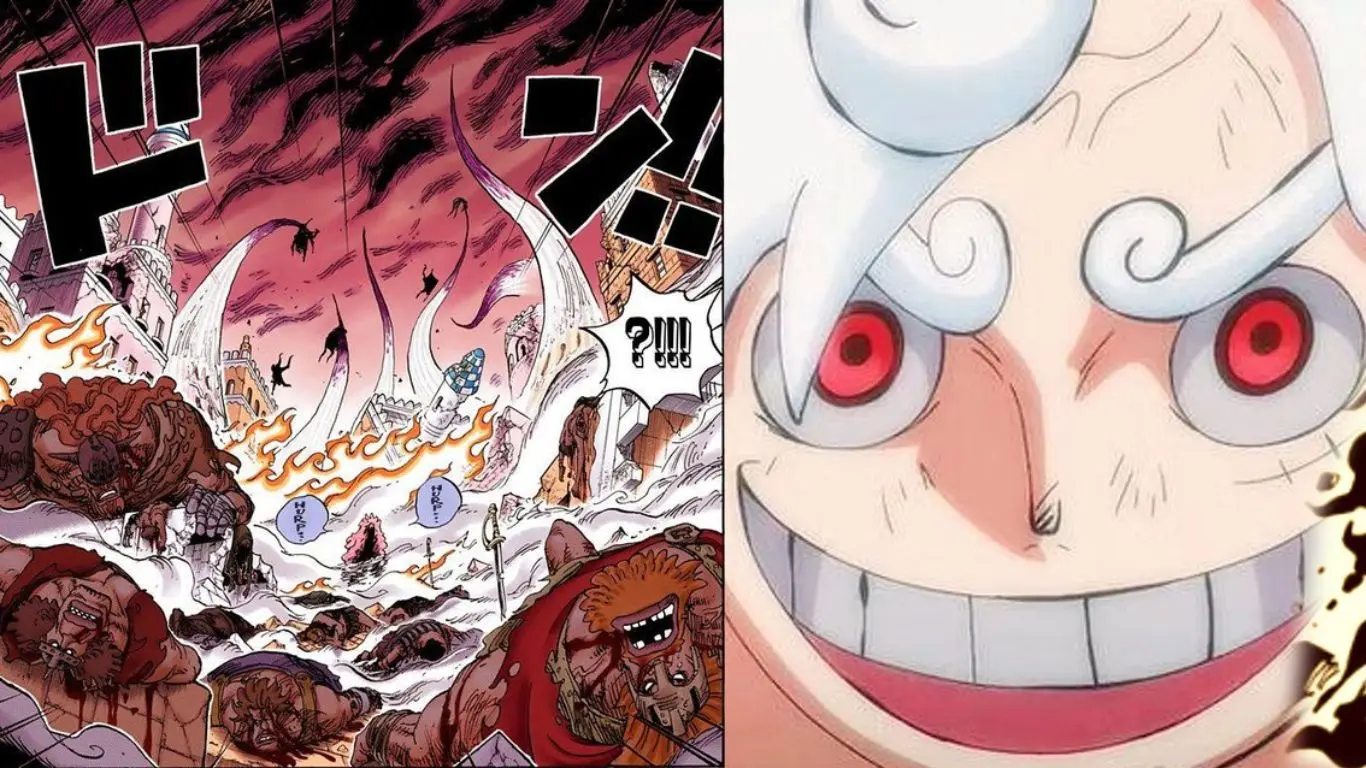
In the vast lore of “One Piece,” the concept of ‘awakening’ a Devil Fruit has been shrouded in mystery. While awakening promises a substantial power boost, it remains a seldom-discussed and rarely-seen phenomenon. Even among the universe’s strongest characters, only a select few have shown the capability to awaken their Devil Fruits.
What makes this even more intriguing is that, as of yet, no Logia-type Devil Fruit has been confirmed to have an awakened form. This exclusive aspect of Devil Fruits raises numerous questions: Why can only some fruits be awakened? What are the prerequisites for this elusive transformation? Awakening adds another layer of complexity to an already intricate system of abilities, challenging both the characters and the fans to rethink what they thought they knew about Devil Fruit powers.
Seawater Doesn’t Neutralize Powers
A common misconception is that seawater completely negates the powers of a Devil Fruit user. While it’s true that Devil Fruit users lose the ability to move or swim when submerged, the seawater doesn’t actually neutralize their innate powers. For instance, Trafalgar Law was able to maintain his “Room” ability even when underwater, as long as he himself wasn’t in direct contact with the sea. This nuance is crucial for understanding the mechanics of Devil Fruits and challenges the widespread belief that these powers are completely nullified by seawater. The reality is far more complex, adding another layer of depth to the world of “One Piece.”
Inanimate Objects Can Gain Powers
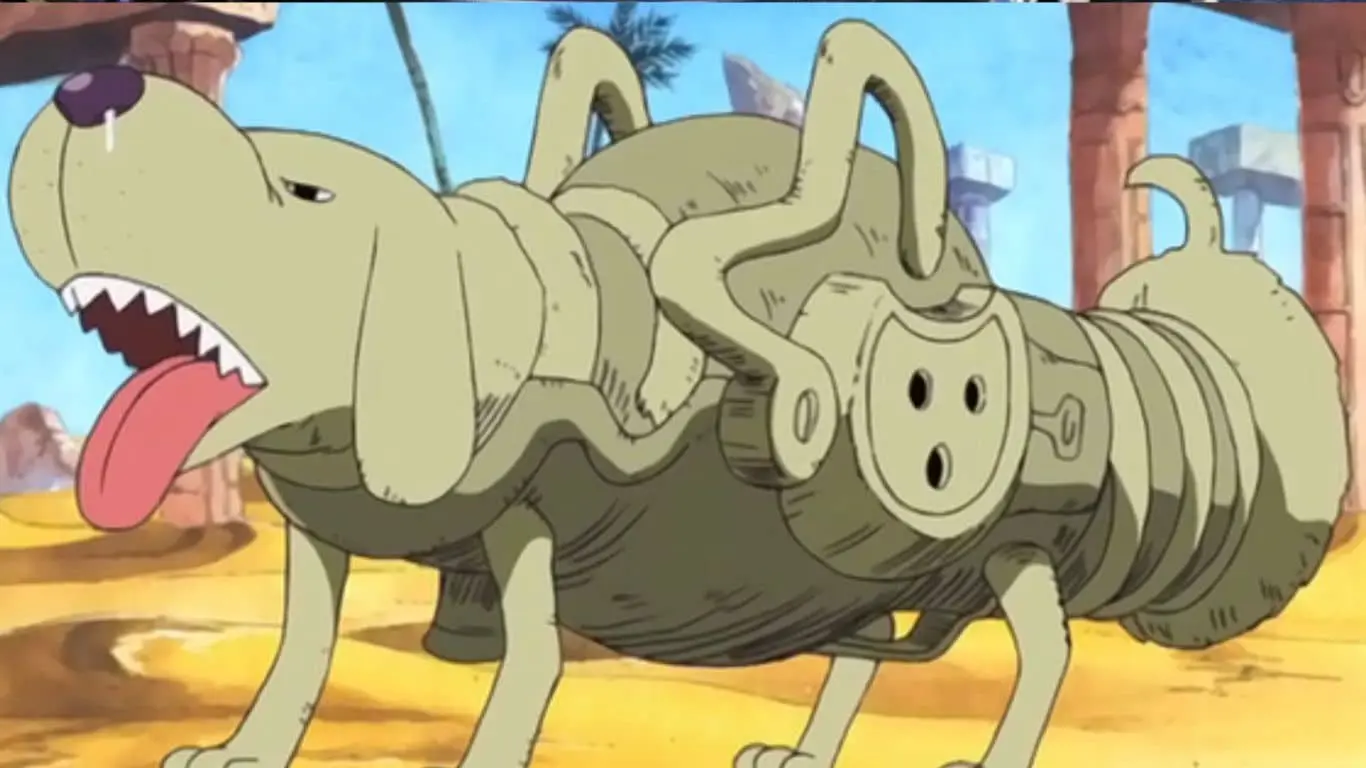
Dr. Vegapunk’s groundbreaking work has shown that it’s possible for inanimate objects to gain Devil Fruit powers. This scientific marvel significantly challenges traditional views on the nature of these mysterious fruits, which were previously thought to only affect living beings. Vegapunk’s inventions have allowed for objects like swords and even firearms to possess powers like those of animals or elemental forces. This fusion of technology and mythical power raises many intriguing questions. For example, how are the mechanics of Devil Fruits altered when applied to an object rather than a person?
Blackbeard’s Anomaly
In a shocking twist, Blackbeard acquired a second Devil Fruit ability, leading to widespread speculation and debate among both characters in the series and fans alike. This unprecedented act broke one of the foundational laws of the One Piece universe, leaving many to wonder how and why he could achieve such a feat. Does Blackbeard’s anomaly indicate a unique biological trait, or is it the result of some obscure technique? Either way, this has opened up new avenues of thought on the limitations and potentials of Devil Fruits, making Blackbeard’s exception a focal point of fascination and inquiry.
Fishmen Dilemma
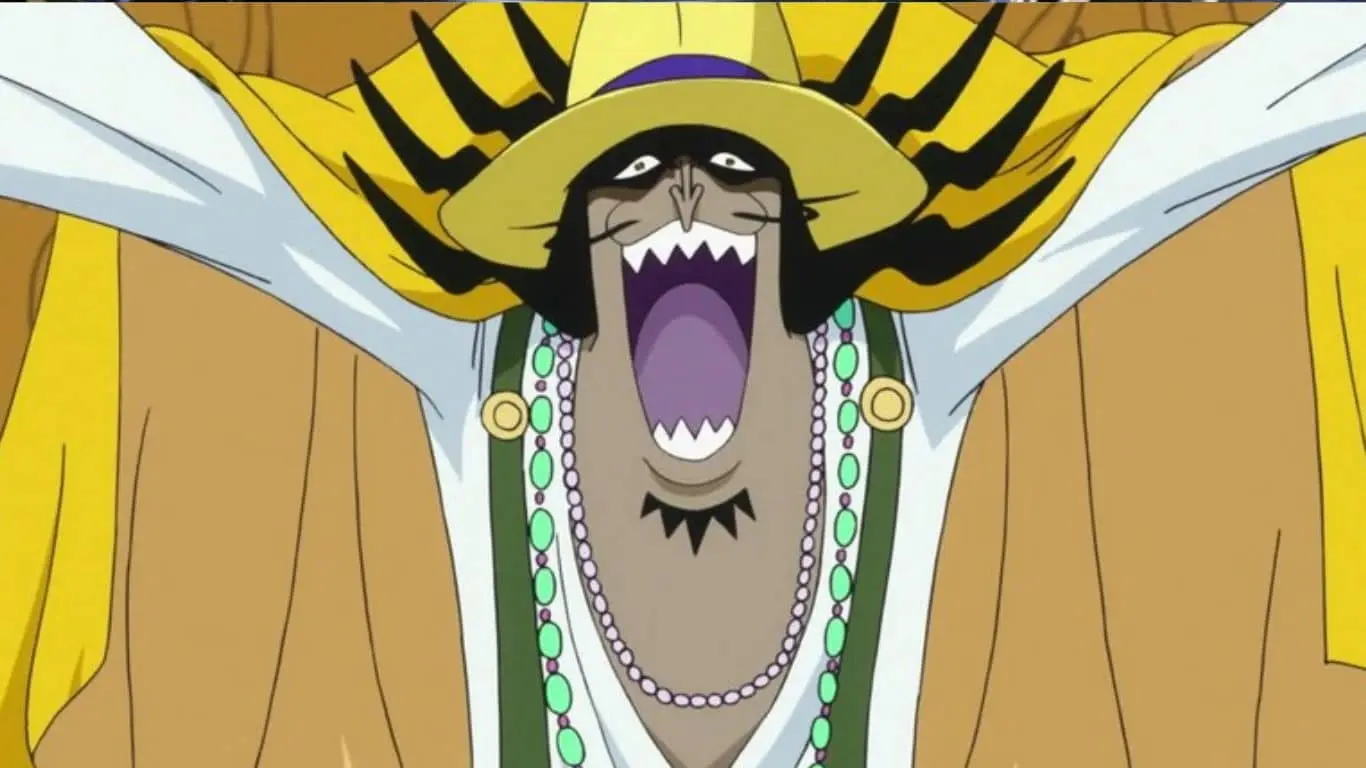
Typically accustomed to the underwater environment, fishmen are natural swimmers and can breathe underwater. However, when a fishman consumes a Devil Fruit, they lose their swimming ability—essentially a forfeiture of their natural habitat. The twist, however, is that they still retain their ability to breathe underwater.
This creates a peculiar dilemma: while fishmen Devil Fruit users are immobilized if submerged in water, they don’t face the same life-threatening urgency as human users who can’t breathe underwater. Their state becomes akin to being “anchored,” able to survive but unable to move or act. This adds another layer of complexity to the rich tapestry of rules and exceptions that govern the use of Devil Fruits, and raises questions about how these fruits interact with different species and biological makeups.
Unpredictable Respawn Locations
When a Devil Fruit user dies, the power doesn’t vanish; instead, it manifests into another fruit located somewhere in the world. The unpredictability lies in the fact that there’s no set pattern or known method to determine where the fruit will respawn. Unlike typical treasures that might be charted on a map or inherited, the reborn Devil Fruit could appear anywhere, making the hunt for specific powers an endlessly complex and uncertain endeavor.
This randomness adds to the lore and mystery surrounding Devil Fruits, making them an object of intense speculation and competition. In a world already filled with chaos and uncharted territories, the unpredictable nature of Devil Fruit respawn locations further fuels the adventurous spirit and the ever-present sense of the unknown.
Haki’s Equalizing Power
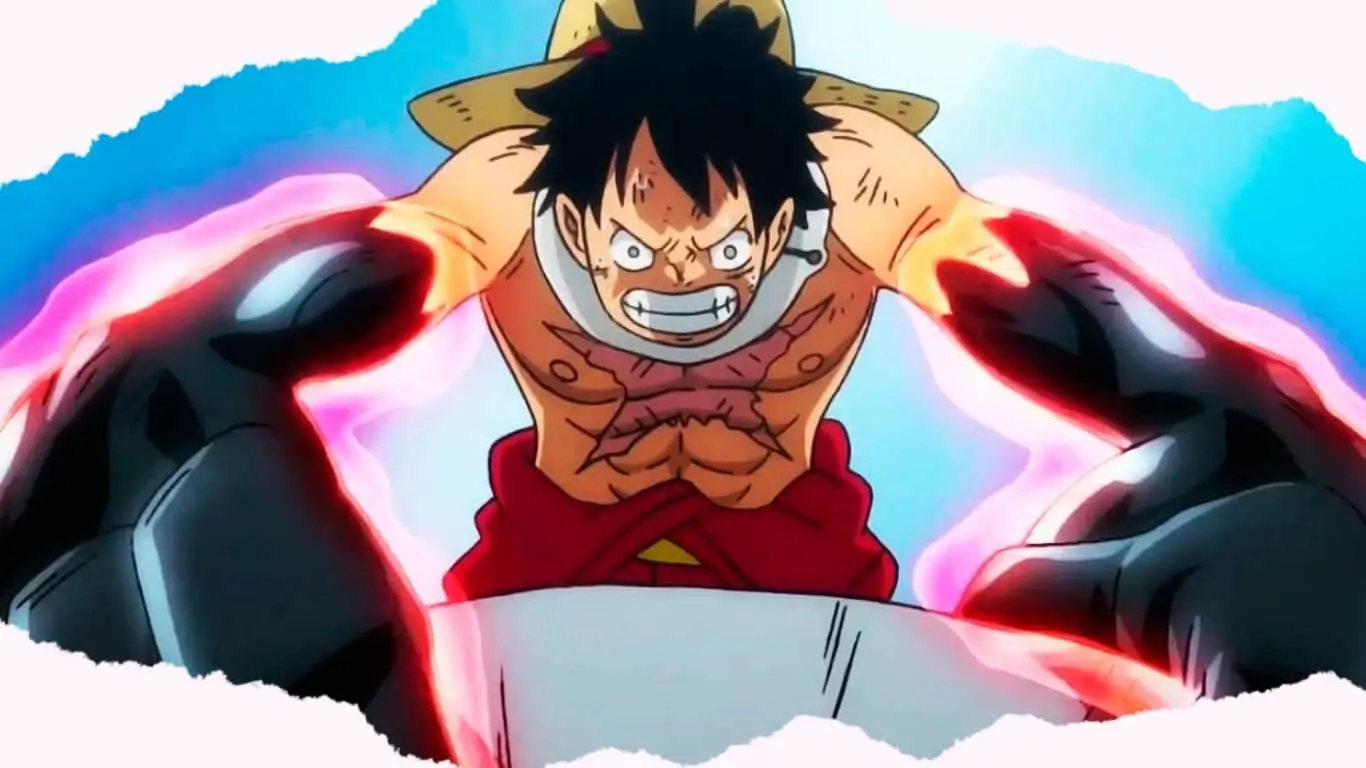
Initially, Logia-type Devil Fruit users were seen as nearly invincible, capable of transforming into elemental forms that physical attacks could not touch. However, Haki has been revealed as a formidable equalizer, enabling characters to bypass the protective features of Logia types and strike directly at the user’s true form.
The presence of Haki adds a new layer of complexity and strategy to combat situations. No longer can Devil Fruit users solely rely on their supernatural abilities for victory; they must also consider the potential of their opponents to wield Haki effectively. This balancing act elevates the stakes in battles, making them less about overpowering abilities and more about skill, tactics, and mastery. Haki thereby provides a nuanced system that keeps the power dynamics in the “One Piece” universe compelling and ever-evolving.
Artificial Fruits
Developed through scientific research, SMILE fruits offer abilities similar to those granted by natural Devil Fruits but come with their own unique set of limitations and side effects. One startling fact is that only 10% of SMILE fruits bestow their users with the intended abilities. The rest result in significant consequences, including perpetual grinning and the inability to express other emotions like sorrow.
The introduction of artificial fruits adds another layer of complexity to the power dynamics within the “One Piece” world. It raises ethical questions about the manipulation of natural forces for personal gain and reflects the risks associated with tampering with mysterious phenomena. The SMILE fruits symbolize both the ambitions and the shortcomings of mankind’s endeavor to harness the enigmatic powers of the Devil Fruits.
Rarity Doesn’t Guarantee Victory
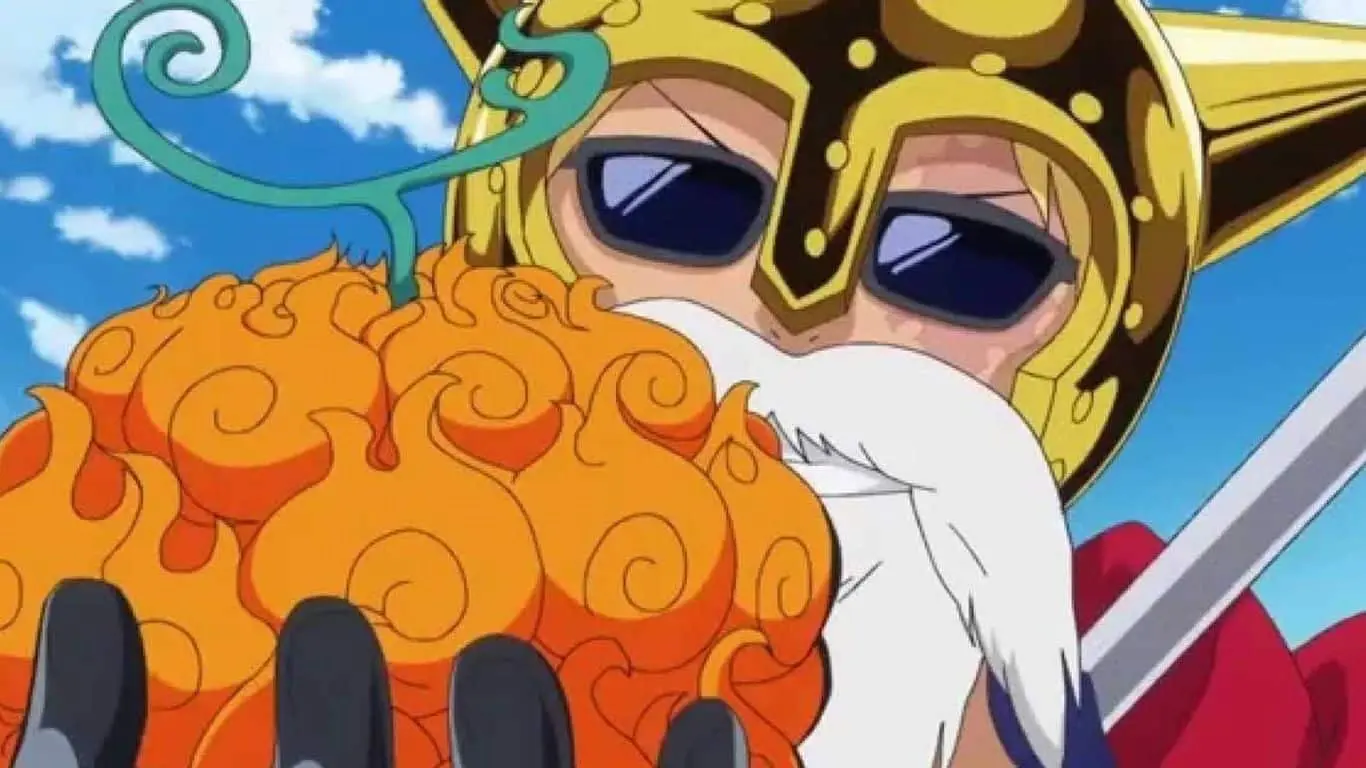
Devil Fruits are categorized by their rarity, often leading to the assumption that rarer fruits are more powerful. However, rarity doesn’t necessarily guarantee victory in battles. A crucial element often overlooked is the skill and mastery with which a user wields their Devil Fruit powers. It’s not just the fruit but the individual’s understanding, creativity, and tactical acumen that determine the outcome of confrontations.
This aspect adds a nuanced layer to the power dynamics within the “One Piece” universe. Even a common Devil Fruit can become a formidable weapon in the hands of a skilled user, as seen in various battles throughout the series. This idea emphasizes that while inherent power is important, the key to true strength often lies in mastery and technique.
Rumble Balls and Drugs
Created by Tony Tony Chopper, a reindeer who consumed the Human-Human Fruit, these special drugs allow him to access more forms and abilities than his Devil Fruit would naturally allow. This opens up the question of how far the limitations of Devil Fruits can be stretched through scientific intervention.
While Rumble Balls specifically amplify Zoan-type Devil Fruits, their existence suggests the potential for other types of enhancements for Logia and Paramecia fruits as well. However, the use of Rumble Balls is not without risks; excessive consumption can lead to loss of control, indicating a delicate balance between power and stability. This unique case showcases the endless possibilities and ethical dilemmas that arise when science attempts to augment mystical powers.
Also Read: Ranking the Most Powerful Female Marines in One Piece
